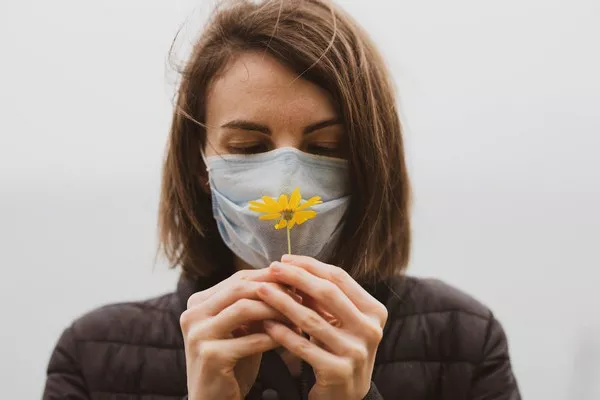Iron deficiency is emerging as a pressing concern for a significant proportion of adolescent girls and young women, with recent research indicating that it remains significantly underdiagnosed. A study published in JAMA has revealed that nearly 40% of women aged 12 to 21 are likely to have insufficient iron levels.
Alissa Wormington, APRN, a women’s health nurse practitioner at Nebraska Medicine, highlights that one of the primary causes of iron deficiency in this demographic is excessive blood loss, primarily associated with menstruation. “Menstruating women can lose a substantial amount of blood each month, potentially leading to iron deficiency, particularly among those with heavy periods,” Wormington notes.
Iron plays a crucial role as a mineral essential for the production of red blood cells, which transport oxygen to body tissues. When iron levels dip, the body produces fewer blood cells, which can have detrimental effects on the development and well-being of young girls. Symptoms of low iron levels may include fatigue, headaches, lightheadedness, pale skin, weakness, brittle nails, cold extremities, decreased athletic performance, shortness of breath during physical exertion, and even hair loss. These symptoms, often subtle and gradual, are occasionally dismissed or attributed to other factors such as poor sleep patterns.
Common symptoms of iron deficiency encompass:
– Fatigue
– Headaches and lightheadedness
– Pale skin
– Weakness
– Brittle nails
– Cold hands and feet
– Diminished athletic performance
– Shortness of breath during exertion
– Hair loss
Wormington emphasizes that dietary intake typically provides adequate iron intake, indicating that blood loss is likely the root cause. She advises that taking a multivitamin containing iron can help ensure sufficient iron intake. Nevertheless, it’s generally preferable to obtain essential vitamins and minerals from food, as the iron found in food is more effectively absorbed by the body. However, if diagnosed with iron deficiency or anemia, healthcare professionals may recommend iron supplements on several days of the week. Consuming iron supplements with orange juice can enhance absorption.
Foods rich in iron include:
– Red meat and poultry
– Eggs
– Beans
– Seafood like tuna or sardines
– Dark green leafy vegetables
– Iron-enriched cereals and breads
Individuals at heightened risk for iron deficiency include:
– Adolescent girls and women experiencing heavy menstrual periods (defined as changing pads or tampons more than every four to six hours)
– Individuals with diabetes
– Those who have undergone blood transfusions
– Pregnant women
– Women with a low body mass index
– Vegetarians and vegans
Wormington underscores the importance of maintaining adequate iron levels during pregnancy, as low iron levels in pregnant women can lead to premature birth or low birth weight. Pregnant women are typically advised to take a daily prenatal vitamin containing iron and folic acid.
The Centers for Disease Control and Prevention recommends anemia blood tests every five to ten years for women of reproductive age. Wormington advises those experiencing iron deficiency symptoms and concerns about low iron levels to consult with their healthcare provider regarding blood testing.


